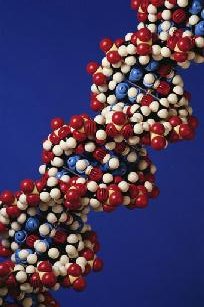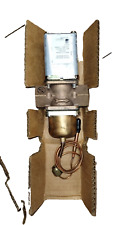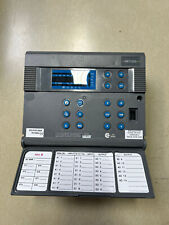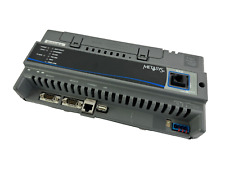
A Brigham Young University researcher has demonstrated that members of a certain group of insects lost the ability to fly and then re-evolved it 50 million years later – a conclusion that means the theory of evolution itself must continue to change.
Integrative biology professor Michael F. Whiting and his collaborators analyzed the DNA sequences of 35 species of walking sticks, aptly named insects that mimic twigs to stay hidden from predators, to decipher which evolved first. Their findings, reported in the cover article in the Jan. 16 edition of “Nature,” showed that some species of walking sticks without wings existed before their winged descendants, the first time any organism has been shown to do what scientists previously thought impossible – re-evolve a complex trait.
“For complex functions like flight or sight, the idea in evolution has always been that organisms either use it or lose it,” said Whiting, referring to Dollo’s Law, which, as cited in the “Encyclopedia of Evolution,” is “the principle that organs or complex structures cannot return to a condition seen in an ancestor.”
Entomologists have frequently documented cases where species of insects have lost the ability to fly. For example, many insect species that migrate to islands eventually lose wings as an adaptation to keep them from blowing into the sea. Bugs that live on snow don’t have wings, and therefore have less surface area and lose less heat.
Whiting reasons that walking sticks lost wings because doing so helped them blend in with their surroundings. He also noted that wingless insects have been shown to lay more eggs than winged relatives, which could have been important for walking sticks, which often drop eggs to the earth from their treetop homes instead of burying them in the ground like similar insects do.
Creating more eggs gives the wingless walking sticks a greater potential to pass their genes to the next generation.
“At least 50 million years later, for some reason, it was to their advantage to have some of the species become winged again,” Whiting said, noting that various species of winged and wingless walking sticks now exist. “The remarkable thing was that they had the ability to generate wings when they needed them.”
Whiting believes the instructions for growing wings are related to the instructions for making legs and can be turned on and off over long periods of time. The new study means evolutionary lineages can be more adaptive than previously thought, with the ability to move back and forth from a winged or wingless state. He expects future studies to show similar results in cockroaches and other insects, and possibly even in other classes of animals.
The walking stick project began when Whiting, an entomologist with a $1.34 million grant from the National Science Foundation (NSF) to construct the family tree of the insect class, asked Taylor Maxwell, then a BYU undergraduate, to sequence and analyze the DNA of several species of walking sticks as part of the broader study. Maxwell, supported by grants from the BYU administration and the NSF designed to facilitate undergraduates’ participation in research, put together preliminary results.
“As a pre-med major, I was barely learning that there were these fields of research out there,” said Maxwell, a study co-author now a graduate student at Washington University in St. Louis. “Dr. Whiting is very good at introducing people to science and very good at training people in the lab. Fortunately, the results we came up with were very strong with well-supported data.”
After Maxwell’s initial effort, Whiting embarked on a global scavenger hunt, seeking key species of walking sticks thought by experts to be the most primitive, which would help flesh out the study. He brought back samples from Australia, New Guinea and Chile with the aid of Sven Bradler, a graduate student at Georg August Universitat in Gottingen, Germany, and the study’s other co-author.
After more BYU undergraduates sequenced DNA markers from each of the samples, Whiting used BYU’s Fulton Supercomputing Facility to crunch through the complicated comparisons required to evoke the relationships among the insects.
“We had to do some high-powered analysis and there’s no way we could have done it without the supercomputer,” Whiting said. “Since our original goal was to simply construct a family tree for walking sticks, we proceeded without ever thinking about wings, without even hoping to find this result. And we found it.”
Maxwell is now applying the concepts and techniques he learned in Whiting’s lab to his current research into genetic issues related to cancer drugs as an NSF Fellow in a doctoral program at Washington University, a position he believes he earned in large part because of his undergraduate research experience.
“When I started this project, I just wanted to get some research experience that would help me get into graduate school,” Maxwell said. “I never thought I would end up co-authoring a paper in ‘Nature.'”


















Comments are closed.